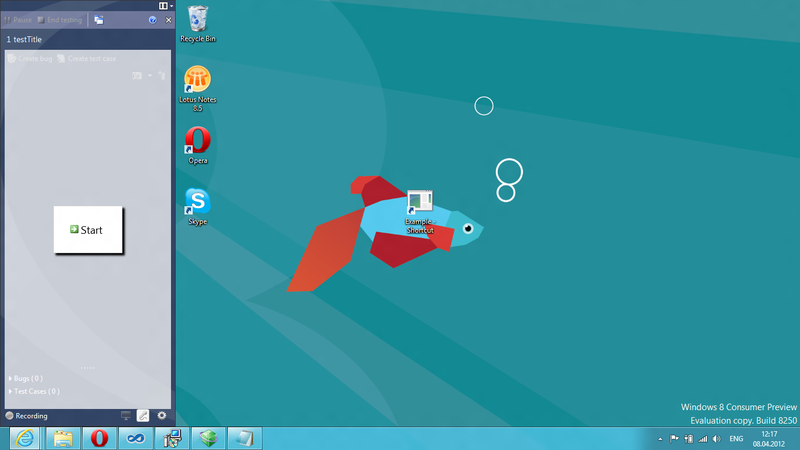About pioneers
 Currently, it is quite difficult to become a pioneer in geography. There is physics, chemistry, biology ... But there the word pioneer has a slightly different meaning. Yes, they also go to uncharted areas, but still it’s not like that. We, programmers, as well as biologists and etc, are hard on the pioneers. But there are people with whom we often argue , but they are the true pioneers of modern times. It is they who have to climb into the jungle of our interfaces, understand the complex interrelationships of our mistakes, and indeed, it’s no secret, to grumble at us, for the lack of torrent paths.
Currently, it is quite difficult to become a pioneer in geography. There is physics, chemistry, biology ... But there the word pioneer has a slightly different meaning. Yes, they also go to uncharted areas, but still it’s not like that. We, programmers, as well as biologists and etc, are hard on the pioneers. But there are people with whom we often argue , but they are the true pioneers of modern times. It is they who have to climb into the jungle of our interfaces, understand the complex interrelationships of our mistakes, and indeed, it’s no secret, to grumble at us, for the lack of torrent paths.Okay, with the lyrics tied, start on the topic. Those who were on QADay and listened to Charles Sterlin, in principle, can not read further, by the way, everyone who has already tried Exploratory Testing, in principle, too. For the rest, let me briefly talk about research testing using Visual Studio 11 and, accordingly, TFS 11.
Forward to the pampas?
Our team works on Agile, there is PBI, acceptance conditions and even, you won’t believe, Test Case for each PBI, without passing which the team cannot say that PBI is over and it's time for testers to roll up their sleeves. It is quite clear that if we take the jungle analogy, then this is the first end road:

Everything else is Terra Incognita. Often, getting out into these uncharted lands, the tester finds there unseen animals. He with a joyful expression on his face, runs to the programmer: "I, there, saw, that, that, well, how his, damn it!". What is quite clear is the answer: “Well, you know, don’t worry so much. Everything will be fine. I'll go there now and see. You know, go. No there is nothing. And you told me the right way? ”. Familiar?
And the tester is starting to pave new roads. He writes new Test Case, and walks through them, and finds new unseen animals, and the programmer, walking along this road, also sees them, and he has to hunt them. But that, the first, the biggest and the most beautiful cannot be found.
In order to avoid such situations in your jungle, testers using the Microsoft Test Manager (MTM) were given the opportunity, while leaving the jungle, to leave behind them bread crumbs.
To start, go to MTM and choose Do Exploratory Testing:

Then we are invited to choose the area of the jungle, it is PBI (1) and go (2):

Wednesday is ready to go:

')
We start testing with the “Start” button, launch our application and start testing, poking at the buttons, writing comments, and at some point:

Everything! We won! We found it!
We write down the way we came here. To do this, simply click on Create test case. After a short delay, the view window opens:

I even didn’t write the name for the test Case to show this window exactly in the form in which it was created.
Notice the sequence of steps? All this is generated automatically.
Of course, the tester can rule it all. Delete those steps, which he believes do not relate to the reproduction of the bug, can write the Expected Result, in the form of beacons, what you need to pay attention to during the next runs, but these are already lyrics.
Everything. Name, save. In principle, you can immediately create a bug (there is a button for this), but it seems to me more correct: to close this test. And then try to go through this Test Case in the usual testing mode. Type play and all that. Well, when the error recurs, then create a bug, to which the tester's actions, IntelliTrace, System Information, screenshots, comments, etc. will join. But all this is from another fairy tale, so that's all for today.
Ps By the way, if it is interesting, then I found right on msdn a ready-made laboratory for random testing . As usual, I warn you. There are a lot of pictures under the link and an overwhelming desire to download a virtual machine to try it all.
Source: https://habr.com/ru/post/141672/
All Articles